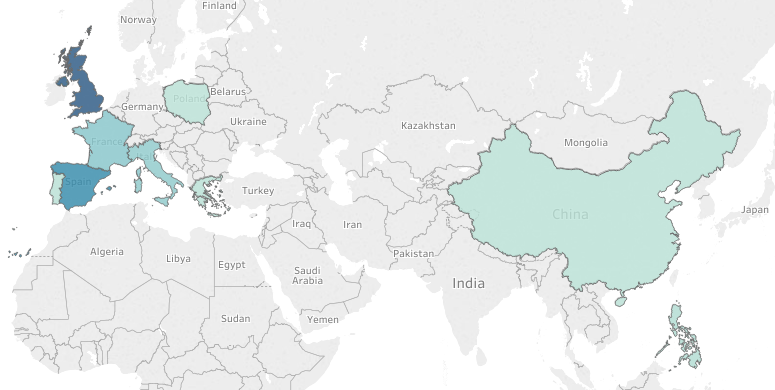One of the concepts learned in Linguistic Anthropology Fall 2017 was the idea of a global language which is a language spoken by many people across the world as it holds a significant weight to it in government, education, or other social areas. Currently, the global language is English, more specifically, American English, with hundreds of millions of speakers. It’s not surprising as English is a common means of communication in business and scientific journals but how did it become a global language?
A mini history lesson needs to be said here as British English was the global language for a while. The phrase “The empire on which the sun never sets” was absolutely true given the colonial reach of the British Empire on every continent. Such a global presence and vast amount of resources meant that they were not only a military power but a social power too. Through their own policies they instituted mandatory teaching of English in some parts of the Empire. Since they were also a regional power, people were in a way coerced to learn the language of those who were dominating them.
